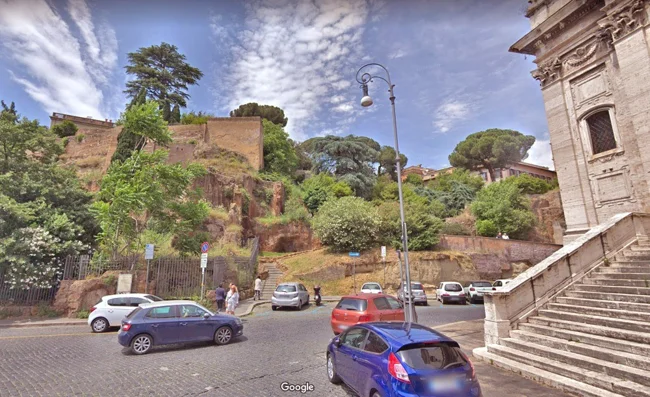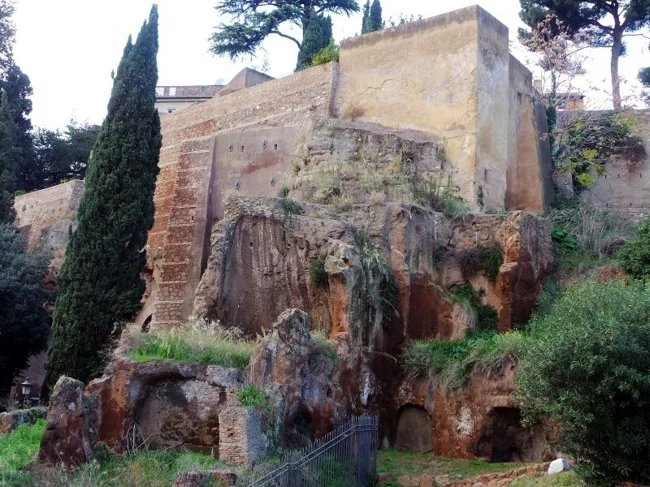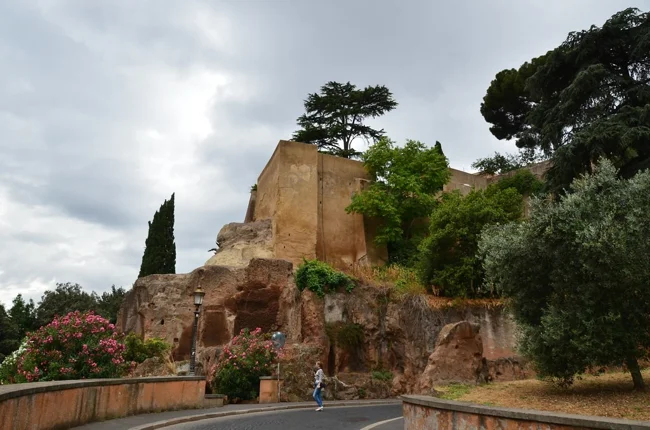Tarpeian Rock: A cliff of shame for Rome's traitors (10 photos)
In ancient Rome, there were many brutal methods of execution for those condemned to death for crimes ranging from rape and murder to adultery, slander, and treason. 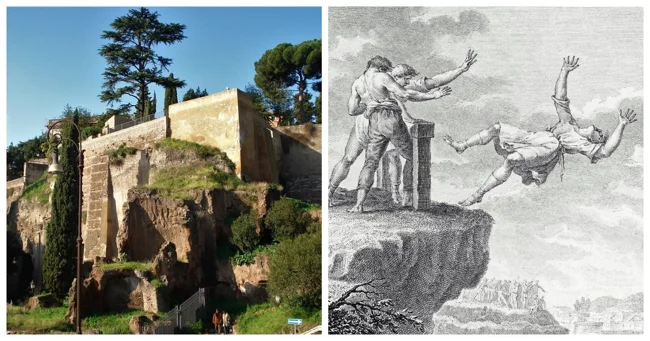
One method, poena cullei, or punishment by sack, involved sewing the beaten but still living convict into a leather sack along with a selection of live animals—usually a rooster, a dog, a monkey, and a snake—and then throwing the sack into water. 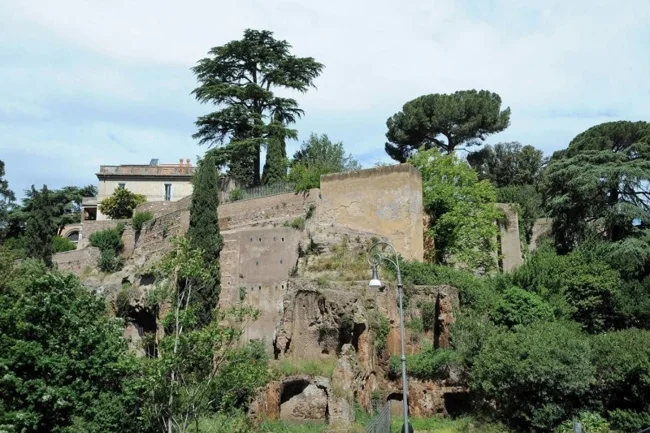
Tarpeian Rock
Another method of execution, reserved for the worst criminals, runaway slaves, and Christians, involved throwing the condemned into a pit to be devoured by wild animals. The Colosseum was often used for such executions, known as damnatio ad bestias ("delivery to the beasts"). 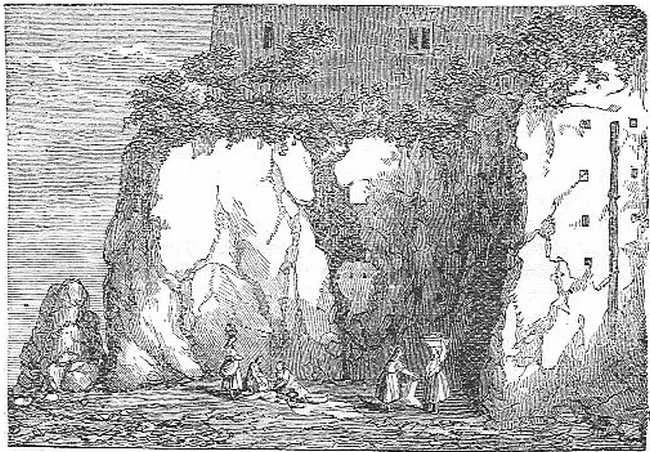
Some forms of execution were reserved for specific crimes. For example, burial alive was reserved for Vestal Virgins who had broken their vow of chastity, and crucifixion was considered such a painful and humiliating way to die that Roman citizens were generally exempted from it. 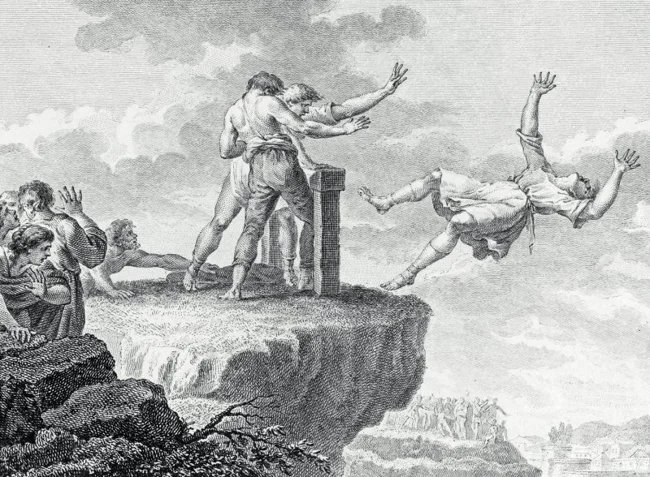
Murders and traitors had a special form of execution: they were thrown off a high cliff. The cliff at the southern summit of the Capitoline Hill, overlooking the Roman Forum, was ideal for this. This cliff, called the Tarpeian Rock, bears the name of a notorious traitor who attempted to sell Rome to her enemies in exchange for gold but was killed. Her name was Tarpeia, and she was the daughter of Spurius Tarpeius, the commandant in charge of the Capitol's defenses. 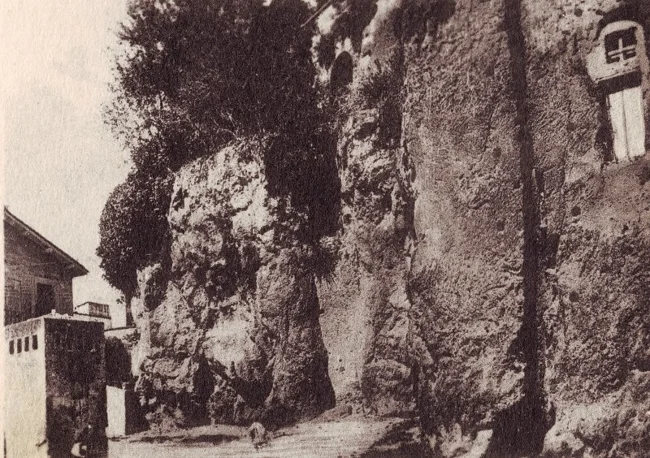
According to one version of the legend, Tarpeia herself approached the Sabine king Titus Tatius when he attacked Rome in the 8th century BC, offering to open the gates of the citadel in exchange for the gold bracelets worn by the warriors. In other versions, it was the Sabine king, sensing the greed in her eyes, who bribed the girl to open the gates. However, after Tarpeia allowed the Sabine warriors into the city, instead of showering her with gold, they hurled their shields at her and crushed her to death. Even the Sabines, apparently, were disgusted by her betrayal and punished her for betraying their own people. 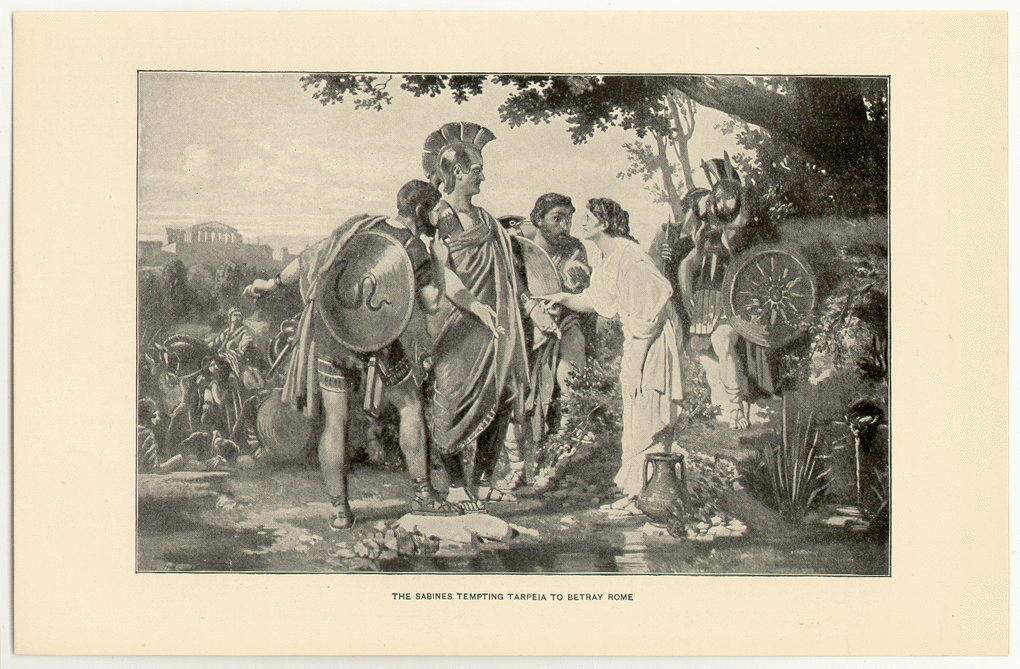
The Sabines persuade Tarpeia to betray Rome. 19th-century illustration
Legend has it that Tarpeia's body was buried at the foot of the cliff that bore her name, and in subsequent centuries, all traitors were thrown off the Tarpeian Rock. This fate was considered worse than death, as it carried the stigma of shame. Execution by throwing off the Tarpeian Rock continued until the first century AD, until it was outlawed. 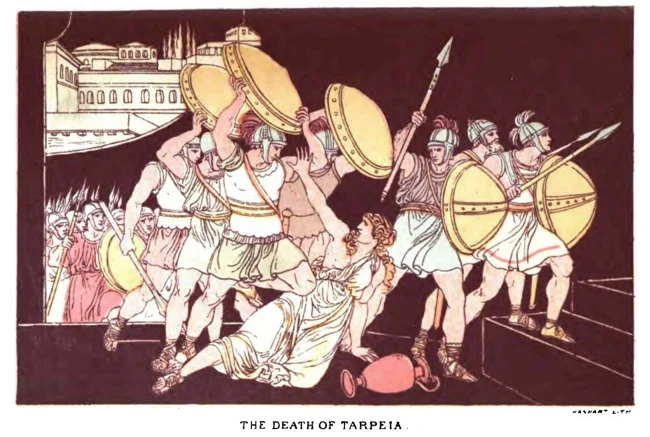
Death Tarpei 